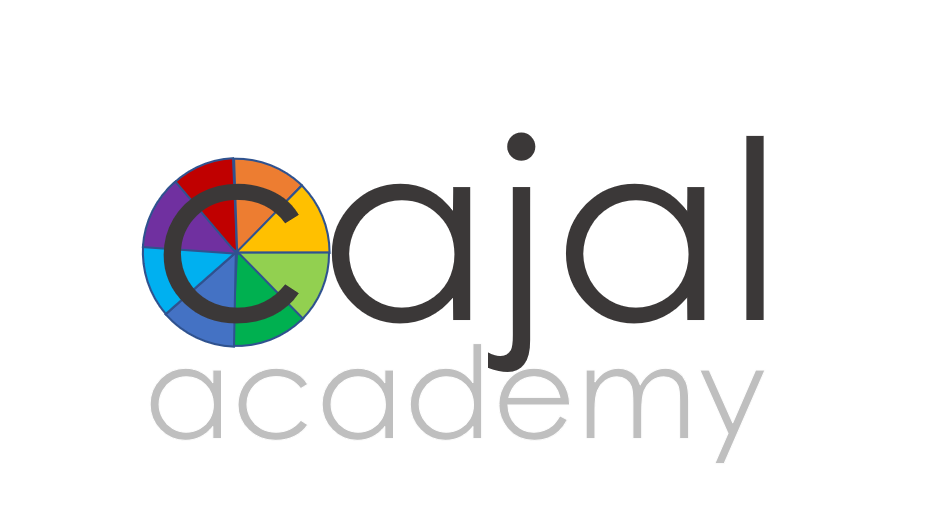Cajal Head of School Recognized for Contributions to 2e Teacher Education
When Cajal Academy Head of School and co-founder Cheryl Viirand joined forces with Heather Edwards to start a school for twice exceptional learners, she wondered what value she—a former corporate litigator and twice exceptional mom twice over—could bring to the field. Five years later, she can hardly imagine building or running this innovative program without that background.
Last week, Cheryl was one of five private and public twice exceptional program leaders recognized for their contributions to the “Twice Exceptional Teacher Education National Task Force” that is helping Cleveland State University to develop the curriculum for an online degree program for educators who specialize in working with twice exceptional children. The five shared their respective programs’ approaches to developing twice exceptional students’ talents and supporting their differences in a panel discussion entitled “Action Research Institute,” focusing on practice-based approaches that can fill the void in published research-backed approaches. The other panelists were Nonye Oladimeji, Twice Exceptional Specialist at Fairfax County Public Schools; Sarah Pauline Jackson of Montgomery County, Maryland Public Schools; Jessica Esway, Director of Education at Menlo Park School in Cleveland, Ohio; and Lynne Henwood, Head of School of the Flex School Cloud Campus.
“I came away from the conference with two big take aways,” Cheryl said. “The first is that like Cajal, all of the schools, programs, strategies and approaches for twice exceptional kids are being developed through the work and the passion of parents of 2e kids who have felt that their children were not understood in prior environments, leading to the under-development of their talents and misunderstanding of their needs—if not their outright traumatization.
“The second big takeaway is how different Cajal Academy’s approach is from that found in other 2e programs. The added complexities due to my kids’ medical complications led us to dig into universal human truths about how the human body influences learning and social-emotional experiences and then find ways to use those connections to kids’ advantage in the classroom. That took our program in a really different direction—offering an alternative model that is focused on using those levers to remove learning and social-emotional disabilities, not just navigate around them.”
At the opening panel, Ms. Viirand announced that Cajal Academy has begun preparations to start publishing case studies demonstrating the power of the school’s break-through approach to removing learning disabilities—not just the barriers they pose—by identifying and rebuilding deficient links in the neurodevelopmental chain that drive them.
“We are excited to begin filling the hole in research-backed educational protocols for twice exceptional learners,” said Ms. Viirand. “We are privileged to have internationally-recognized neuropsychologist Steven Matthis, PhD, A.B.P.P. leading our multi-disciplinary clinical team and with his help we have built protocols that implement well-established neuroscientific findings in the classroom. We are excited to share our findings, and the transformative learning and social-emotional changes that our ground-breaking educational approach has brought for our students.”
Throughout the three day conference, organized by 2eTE champion Dr. Claire Hughes-Lynch, Ms. Viirand was thrilled to connect with 2e educational leaders from districts that have twice exceptional programs within their public schools.
U.S. Department of Education Director of Special Education and Rehabilitation Valerie C. Williams addressed another critical concern for twice exceptional parents and the advocates and attorneys who support them in her keynote address: special education identification and eligibility. She stated that the Office has always taken the position that twice exceptional learners are included within the protections of the IDEA (the federal law defining children’s rights to special education), despite the fact that they are not expressly called out in the act.
Ms. Jackson of Montgomery County, Maryland Public Schools—a 160,000 person school district that developed the first program for twice exceptional students for over 40 years ago—and Ms. Oladimeji of Fairfax County Public Schools (a district with 180,000 students) emphatically agreed. They build into the special education identification process the recognition that twice exceptional kids' abilities often mask their challenges, and that their challenges often mask their abilities. They rejected as legally unsound the notion that eligibility for special education services might be denied to a child on grounds that they are "too smart," or academically "on grade level." Their concerns raise the specter that Connecticut public schools may be drifting out of step with the nation in their treatment of twice exceptional kids.
Ms. Oladimeji expressed great excitement about the potential that Cajal Academy’s break through special education approach offers to transform the lives of twice exceptional kids and special education students more generally, by removing learning disabilities that had previously been thought to be intractable, and better integrating physio needs into classroom to help students optimize their access to learning and social experiences. The two educational leaders agreed that they are excited to explore new models for private-public educational partnerships for developing and disseminating novel educational approaches, and bringing the findings of Cajal’s small program to twice exceptional children within Fairfax, Virginia and other public school districts.


